How’s EPA Doing on Air Pollution Science?
Union of Concerned Scientists
OCTOBER 26, 2022
Recently, the National Academies of Sciences, Engineering, and Medicine released a report that will likely have major effects on how the Environmental Protection Agency (EPA) protects people from dangerous air pollutants. At issue is the EPA’s process of compiling what the agency calls an “integrated science assessment.”


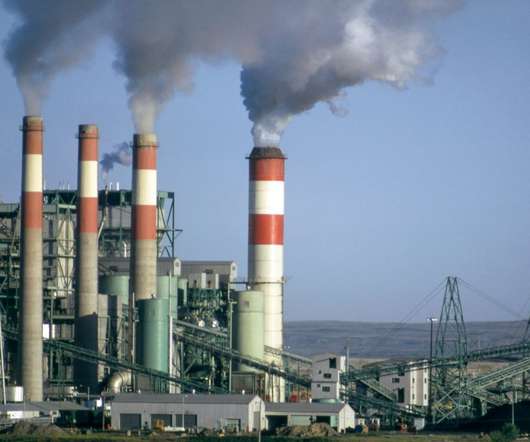


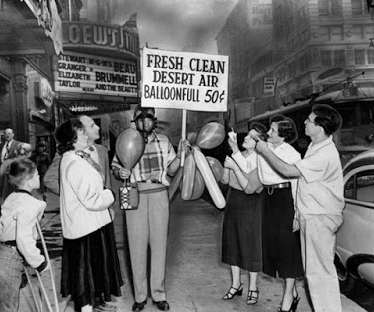
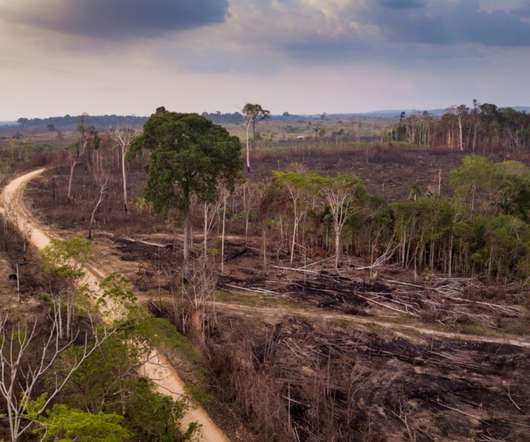
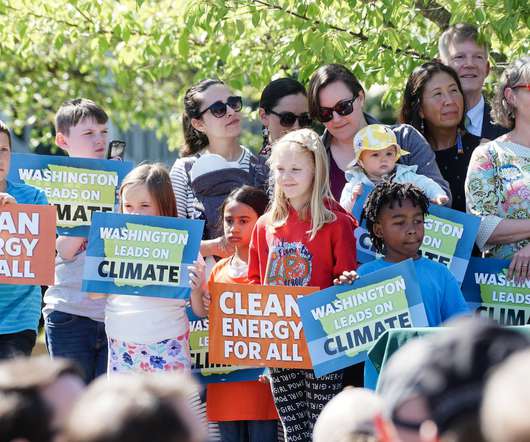

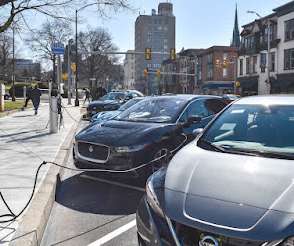









Let's personalize your content